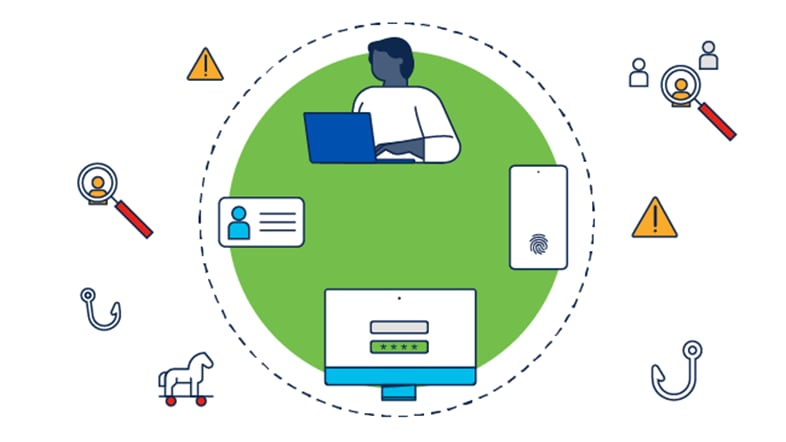What are the zero trust principles?
Continually verify identity at every access decision; provide least-privilege access for users, devices, networks, and apps; and respond quickly to threats before they spread.
Why should you implement a zero trust security model?
Zero trust adoption increases security resilience for organizations in every industry. As zero trust maturity rises, it is easier to achieve security outcomes such as securing user access to applications with multi-factor authentication (MFA) and security service edge (SSE). This results in improving user experience, protecting on-premises networks with segmentation and cloud apps with micro-segmentation, and enhancing threat detection.
Which technologies enable zero trust?
First and foremost, zero trust isn't a single product or technology. It's a security strategy that is best implemented by keeping an organization's business operations, risks, and security outcomes in mind. Although there are various paths to achieving zero trust maturity, most organizations prioritize deployment of technologies such as multi-factor authentication (MFA), device posture checks, Zero Trust Network Access (ZTNA), and macro- and microsegmentation as they implement zero trust security.
Where do you start with zero trust?
First, continually verify identity trust for users, devices, apps, networks, and clouds. Next, apply least-privilege access with macro- and microsegmentation. Finally, respond to threats with extended detection and response (XDR).
How do you set up a zero trust architecture?
Most organizations use frameworks such as CISA's maturity model or NIST's 800-200. Zero Trust Design Frameworks and Cisco Security Reference Architecture also offer key guidance.
